For the most part, the sea is anything but smooth. Warships operating on it are rocked back and forth almost constantly. This rocking motion interferes with a ship’s performance. Guns and optics are thrown off target, reducing their effectiveness. In addition, the rolling motion is uncomfortable for the crew, impacting their operation of the ship. In our latest article on warship technology, we discuss the many ways that designers sought to eliminate or reduce the rolling motion of warships. Without further delay, lets look at some ship stabilization systems.
Gyroscopes
One of earliest ship stabilization systems was the gyroscopic stabilizer. A gyroscopic stabilizer was a large rotating flywheel mounted near the center of a ship. This flywheel spun at an incredibly high speed, producing incredible torque. As a ship rolled, a sensor would cause the gyro to tilt slightly and counteract the rolling motion. This would either eliminate the roll entirely or reduce it considerably.
Gyroscopes have several benefits compared to other stabilization systems. As they are mounted inside of the hull, they do not require hull protrusions of any sort. This reduces drag while also ensuring greater hull integrity. Gyros also have the advantage of always functioning even when the ship is stationary or operating at slow speeds.
The main disadvantage of gyroscopic stabilization systems are their high cost. They were also complicated and expensive to install compared to other systems. This made them difficult, if not impossible to retrofit into older ships. Gyros also worked best when mounted towards the center of the ship. For warships, this location was better used for weaponry and the propulsion system.
Gyros were tested aboard smaller ships during the late 1800s and found to be successful. However, it was not until 1917 that the United States troopship USS Henderson became the first large ship to use gyroscopic stabilizers. The system worked extremely well and reduced the ship’s roll by several degrees.
Though initially successful, within two decades the gyroscope was largely replaced by fin stabilized systems that were generally simpler and less costly compared to gyroscopes. Despite this, Gyroscopes have started to make a return due to their ability to stabilize a ship without needing the ship to be moving.
Fin Stabilizers
Though gyroscopic stabilizers proved themselves effective in reducing a warship’s rolling motion, they were superseded by fin stabilization systems. Like a gyro, a fin stabilization system was an active system that relied on two or more fins on the hull. As the ship rolled, a sensor would cause the fins to tilt on their axis. They acted in a manner similar to ailerons on an aircraft. However, fins would roll the ship in an opposite manner to the roll produced by waves and wind.
Like a gyro, fins would help lessen or eliminate roll altogether. However, fin stabilizers had an advantage over gyrostabilizers due to their lower cost and simpler construction. Fin stabilizers are generally more efficient as well, especially for some of the largest models that can generate immense lift and downforce. Unlike a gyro, a fin stabilizer system is mounted away from the center of the hull, reserving this area for more important equipment.
Just as fin stabilizers have advantages, they come with their share of disadvantages as well. While Gyros are mounted inside the ship’s hull, fins and equipment to move them runs directly through the ship’s hull. This can compromise the warship’s torpedo protection system and was a reason why fin stabilizers were not implemented on warships as quickly as other ships. Due to their design, fins also produce considerable drag on the hull. Some ships have gotten around this by adopting retractable fins that can slide into the hull when maximum speed is desired. Fin stabilizers are also a disadvantage in that they protrude well past the hull of the ship, increasing the ship’s width and draft. This can make docking the ships or navigating through narrow channels more difficult, though retractable fins have helped in this regard as well.
Fin stabilization systems first began arriving during the mid 1930s. Though they were used with success on ocean liners and other civilian ships during the 1930s, it took longer for warships to adopt the technology. It was not until the 1970s that fin stabilization systems started to be more widely adopted by warships. Today’s warships are more advanced than ever with a bevy of sophisticated electronics equipment. Fin stabilizers are particularly useful for warships using sensitive equipment that can be negatively affected by excessive rolling. If warships currently entering service are any indication, active fin stabilizers will become more and more common.
Bilge Keels
A less effective, though far more simple option for stabilizing a warship came in the form of bilge keels. A bilge keel was simply a large, elongated fin or keel that ran for some distance along the exterior hull underwater. A bilge keel acts similar to a brake, providing resistance against the water flowing around the hull as the ship rolls in the water. Unlike gyro or fin stabilizer systems, the bilge keel is a completely passive system with no moving components.
Bilge keels have several advantages that make them important components of warship construction. They are extremely simple compared to other systems. This means they are both cheaper and easier to install. Welded to the outside of the ship’s hulls, bilge keels are easily retrofitted to older ships. They also do not intrude into the interior hull, allowing the ship to better utilize its hull space for other uses. Lastly, bilge keels are effective at reducing role no matter the speed of the ship, even working on ships that are currently anchored.
Though bilge keels are the most common stabilization system used on warships, they still have several disadvantages. They are not as effective at reducing roll compared to active systems. Because Bilge keels are also extensions added to the hull, they can protrude quite far. If they are not placed in an ideal location, they can increase the beam and draft of the ship, putting them at greater risk of damage due to collision or grounding.
Bilge keels are not only one of the oldest forms of ship stabilization systems, they are also one of the most widely used with most warships using them today. Due to their simplicity and cheapness, bilge keels are easily adapted to any warship design. Many warships now adopt both bilge keels and another active system such a fins or a gyroscopic stabilizer for increased stability. As warships adopt more unique hull forms, stabilizers such as bilge keels will see even more use.
Further Links
Want to follow Navy General Board on Social Media? Check us out on the platforms below!
Help the Website grow by purchasing a Navy General Board Shirt!
- YouTube
- The Navy General Board Forum
- Want to help the site continue to expand? Support us on Patreon.
- Learn more about how NGB got started!
More Great Articles
Check out our collection of articles. Some of our latest articles include:
The USS Midway and her Greatest Carrier Landing
Life aboard a US Navy Battleship During the Korean War.
The Bayern Class vs. the Queen Elizabeth Class
The Malta Class: The Carriers that Never Were
The Last Naval Battle of World War II
Check out Awesome Guest Articles!
AAA Umbrella vs. Rain of Bombs

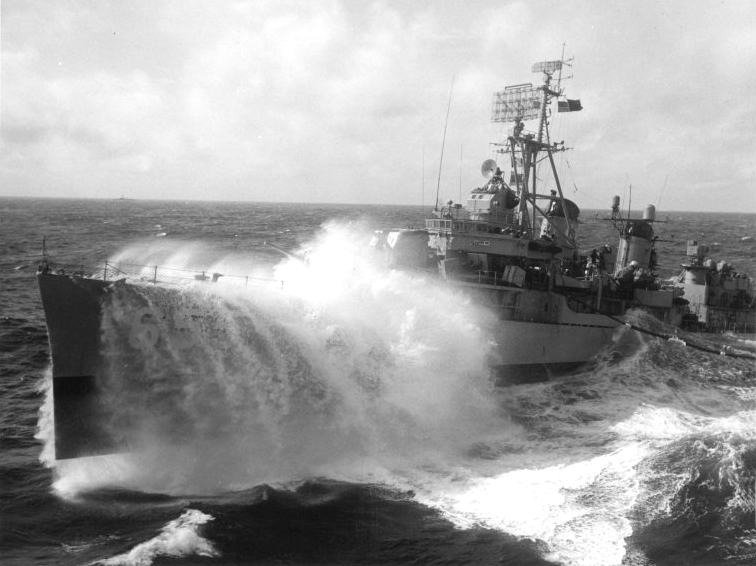
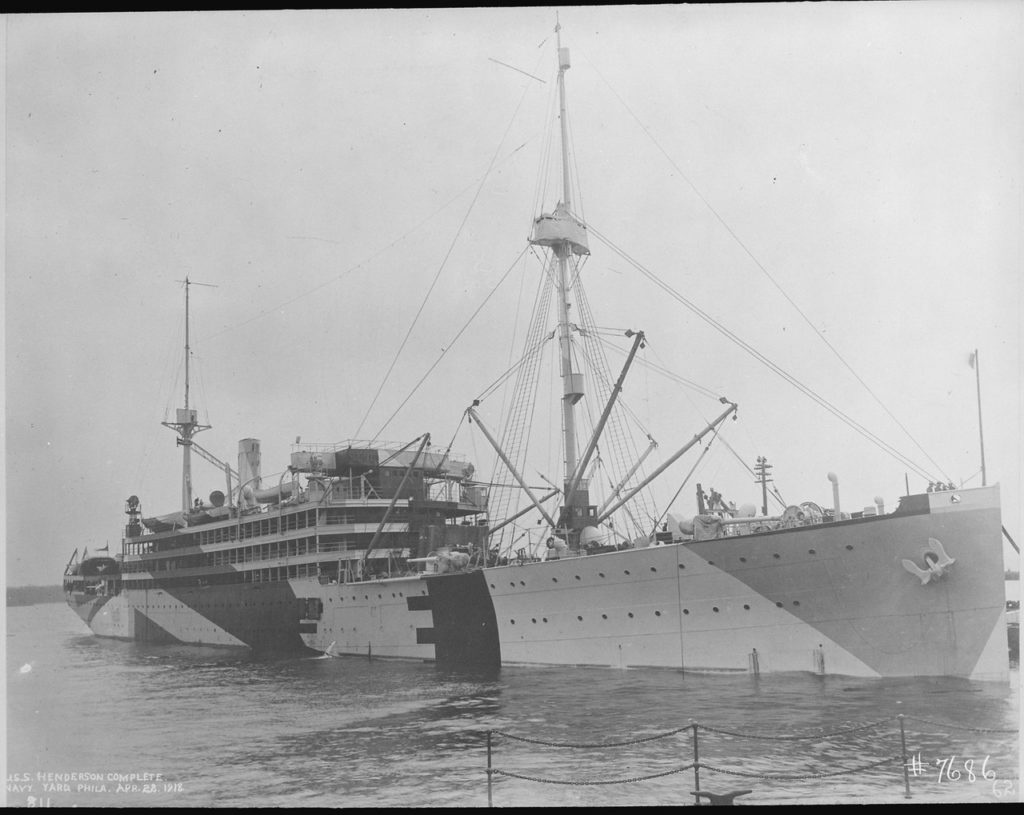
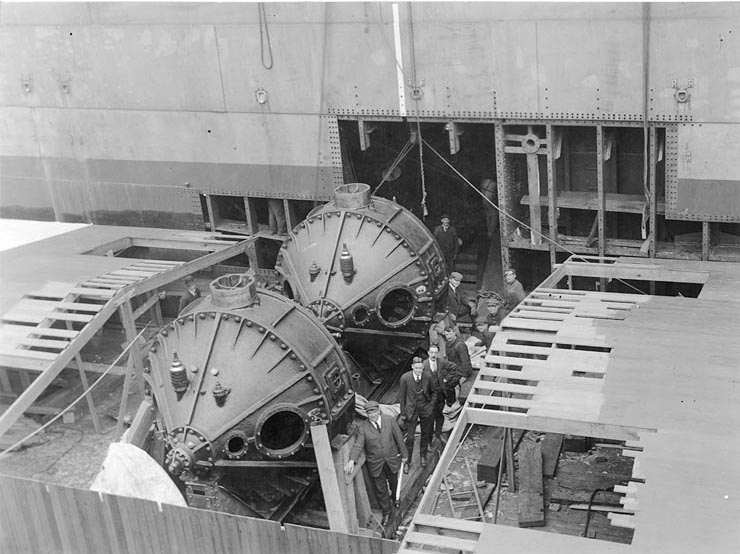
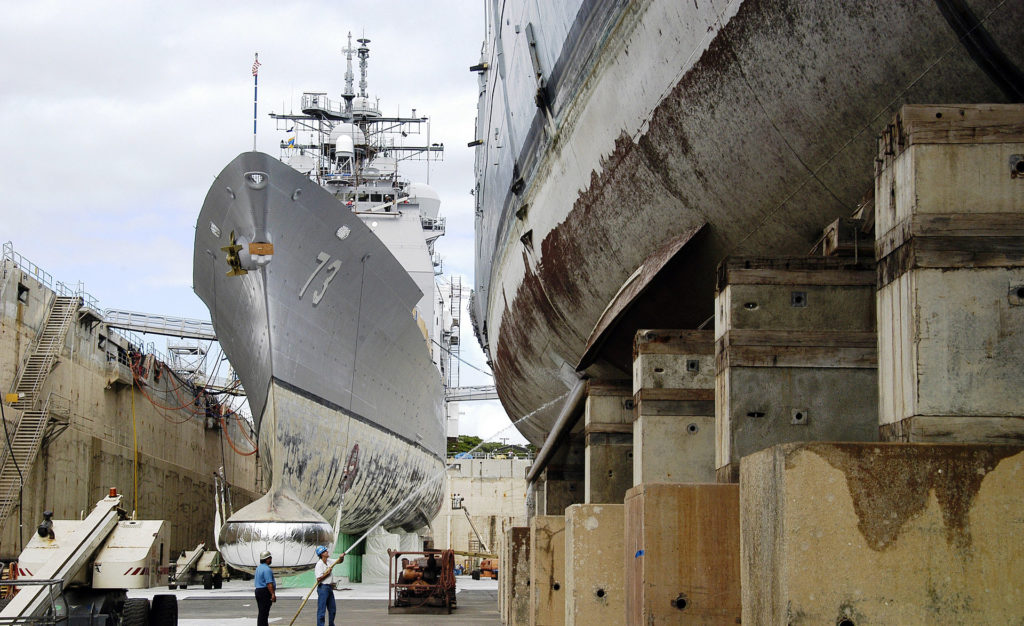
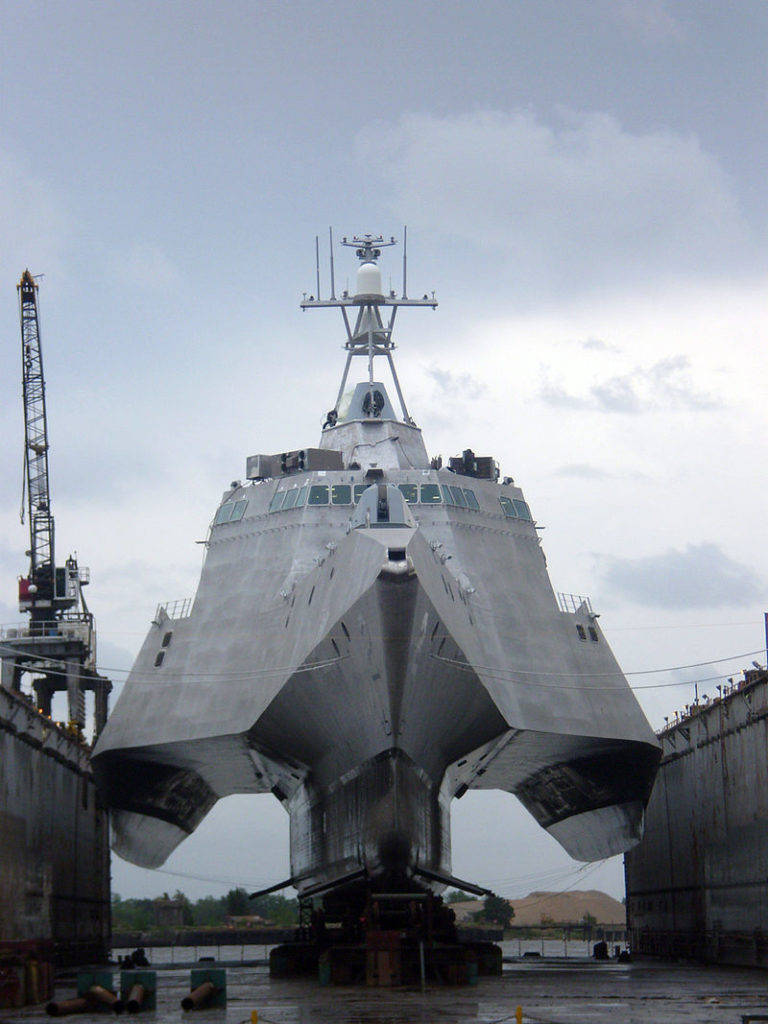
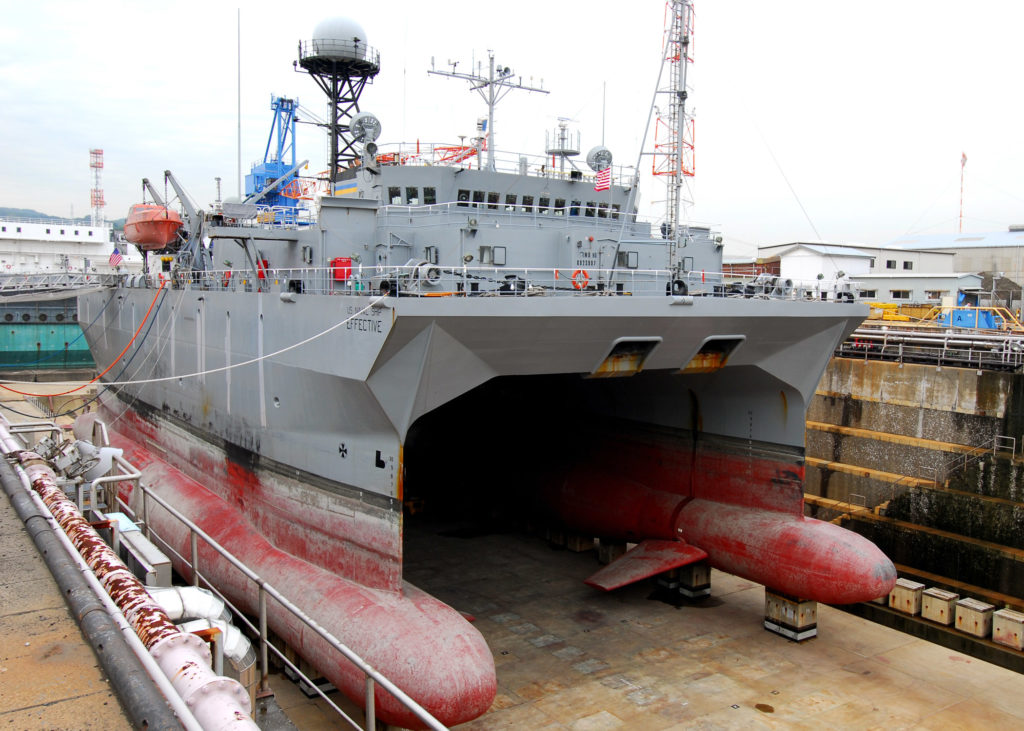
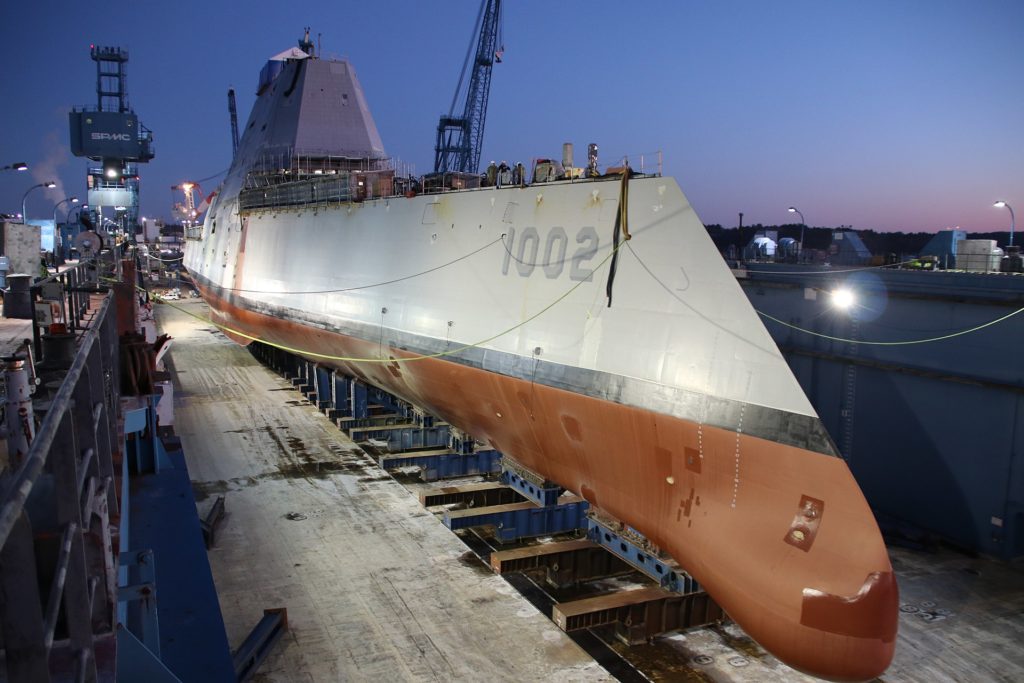
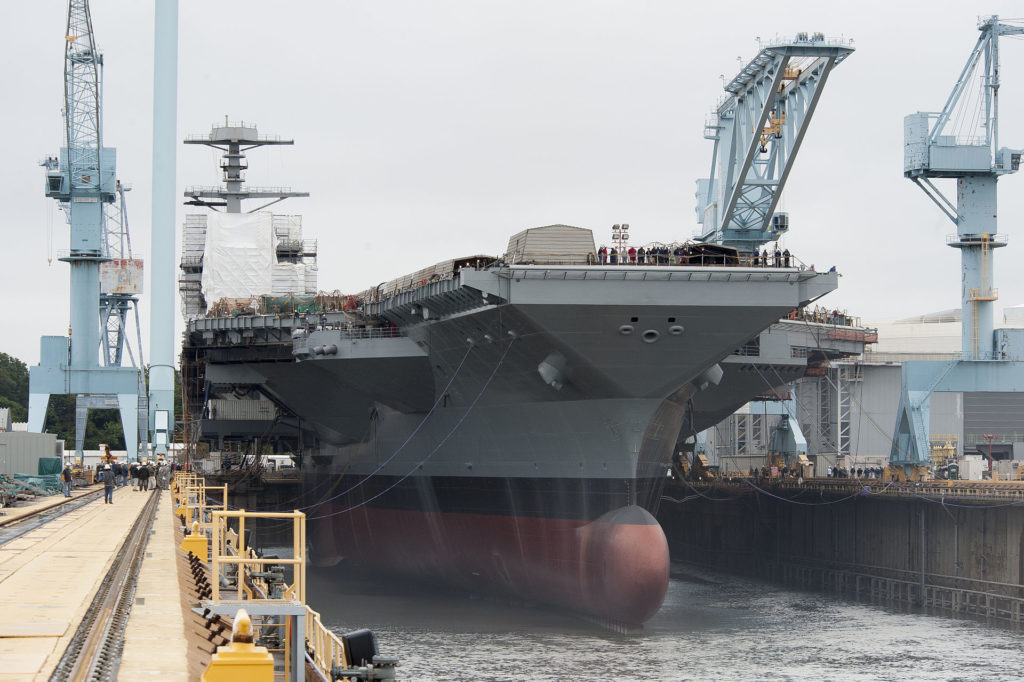

Recent Comments